feed_forward_vqgan_clip
Maintainer: mehdidc
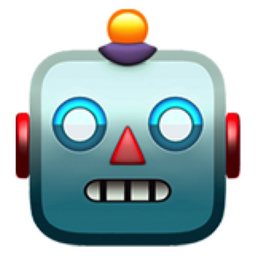
130
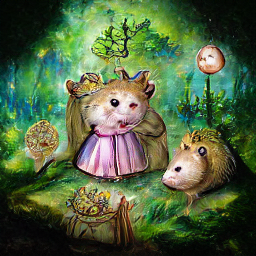
| Property | Value |
|---|---|
| Run this model | Run on Replicate |
| API spec | View on Replicate |
| Github link | View on Github |
| Paper link | No paper link provided |
Create account to get full access
Model overview
The feed_forward_vqgan_clip model is a text-to-image generation model that aims to eliminate the need for optimizing the latent space of VQGAN for each input prompt. This is achieved by training a model that takes a text prompt as input and outputs the VQGAN latent space, which is then transformed into an RGB image. The model is trained on a dataset of text prompts and can be used on unseen text prompts.
The model is similar to other text-to-image generation models like stylegan3-clip, clip-features, and stable-diffusion, which also leverage CLIP and VQGAN techniques to generate images from text prompts. However, the feed_forward_vqgan_clip model is distinct in its approach of using a feed-forward neural network to directly generate the VQGAN latent space, rather than relying on an iterative optimization process.
Model inputs and outputs
Inputs
- Prompt: A text prompt that describes the desired image.
- Seed: An optional integer seed value to initialize the random number generator for reproducibility.
- Prior: A boolean flag to indicate whether to use a pre-trained "prior" model to generate multiple images for the same text prompt.
- Grid Size: An option to generate a grid of images, specifying the number of rows and columns.
Outputs
- Image: The generated image based on the input prompt, in the specified grid layout if selected.
Capabilities
The feed_forward_vqgan_clip model is capable of generating realistic-looking images from a wide variety of text prompts, ranging from abstract concepts to specific scenes and objects. The model has been trained on the Conceptual Captions 12M dataset, allowing it to generate images on a broad range of topics.
One key capability of the model is its ability to generate multiple unique images for the same text prompt by using a pre-trained "prior" model. This can be useful for generating diverse variations of a concept or for exploring different interpretations of the same prompt.
What can I use it for?
The feed_forward_vqgan_clip model can be used for a variety of applications, such as:
- Creative art and design: Generate unique and visually striking images to use in art, design, or multimedia projects.
- Illustration and visual storytelling: Create images to accompany written content, such as articles, books, or social media posts.
- Product visualization: Generate product images or concepts for e-commerce, marketing, or prototyping purposes.
- Architectural and interior design: Visualize design ideas or concepts for buildings, rooms, and other spaces.
The model's ability to generate diverse images from a single prompt also makes it a useful tool for ideation, brainstorming, and exploring different creative directions.
Things to try
One interesting aspect of the feed_forward_vqgan_clip model is its ability to generate multiple unique images for the same text prompt using a pre-trained "prior" model. This can be a powerful tool for exploring the creative potential of a single idea or concept.
To try this, you can use the --prior-path option when running the model, along with the --nb-repeats option to specify the number of images to generate. For example, you could try the command:
python main.py test cc12m_32x1024_mlp_mixer_openclip_laion2b_ViTB32_256x256_v0.4.th "bedroom from 1700" --prior-path=prior_cc12m_2x1024_openclip_laion2b_ViTB32_v0.4.th --nb-repeats=4 --images-per-row=4
This will generate four unique images of a "bedroom from 1700" using the pre-trained prior model.
Another interesting experiment would be to try different text prompts and compare the results between the feed_forward_vqgan_clip model and similar models like stable-diffusion or styleclip. This can help you understand the strengths and limitations of each approach and inspire new ideas for your own projects.
This summary was produced with help from an AI and may contain inaccuracies - check out the links to read the original source documents!
Related Models
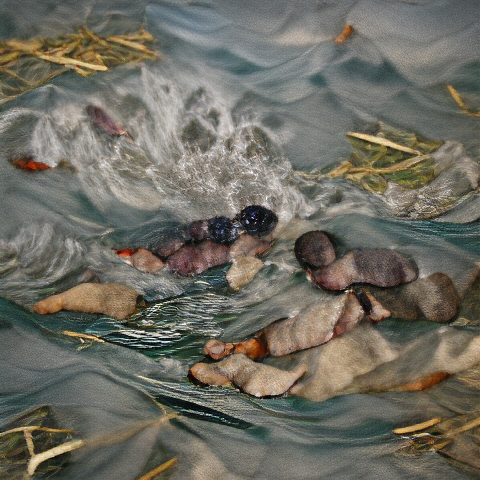
vqgan-clip

6
The vqgan-clip model is a Cog implementation of the VQGAN+CLIP system, which was originally developed by Katherine Crowson. The VQGAN+CLIP method combines the VQGAN image generation model with the CLIP text-image matching model to generate images from text prompts. This approach allows for the creation of images that closely match the desired textual description. The vqgan-clip model is similar to other text-to-image generation models like feed_forward_vqgan_clip, clipit, styleclip, and stylegan3-clip, which also leverage CLIP and VQGAN techniques. Model inputs and outputs The vqgan-clip model takes a text prompt as input and generates an image that matches the prompt. It also supports optional inputs like an initial image, image prompt, and various hyperparameters to fine-tune the generation process. Inputs prompt**: The text prompt that describes the desired image. image_prompt**: An optional image prompt to guide the generation. initial_image**: An optional initial image to start the generation process. seed**: A random seed value for reproducible results. cutn**: The number of crops to make from the image during the generation process. step_size**: The step size for the optimization process. iterations**: The number of iterations to run the generation process. cut_pow**: A parameter that controls the strength of the image cropping. Outputs file**: The generated image file. text**: The text prompt used to generate the image. Capabilities The vqgan-clip model can generate a wide variety of images from text prompts, ranging from realistic scenes to abstract and surreal compositions. It is particularly adept at creating images that closely match the desired textual description, thanks to the combination of VQGAN and CLIP. What can I use it for? The vqgan-clip model can be used for a variety of creative and artistic applications, such as generating images for digital art, illustrations, or even product designs. It can also be used for more practical purposes, like creating stock images or visualizing ideas and concepts. The model's ability to generate images from text prompts makes it a powerful tool for anyone looking to quickly and easily create custom visual content. Things to try One interesting aspect of the vqgan-clip model is its ability to generate images that capture the essence of a textual description, rather than simply depicting the literal elements of the prompt. By experimenting with different prompts and fine-tuning the model's parameters, users can explore the limits of text-to-image generation and create truly unique and compelling visual content.
Updated Invalid Date

clipit

6
clipit is a text-to-image generation model developed by Replicate user dribnet. It utilizes the CLIP and VQGAN/PixelDraw models to create images based on text prompts. This model is related to other pixray models created by dribnet, such as 8bidoug, pixray-text2pixel, pixray, and pixray-text2image. These models all utilize the CLIP and VQGAN/PixelDraw techniques in various ways to generate images. Model inputs and outputs The clipit model takes in a text prompt, aspect ratio, quality, and display frequency as inputs. The outputs are an array of generated images along with the text prompt used to create them. Inputs Prompts**: The text prompt that describes the image you want to generate. Aspect**: The aspect ratio of the output image, either "widescreen" or "square". Quality**: The quality of the generated image, with options ranging from "draft" to "best". Display every**: The frequency at which images are displayed during the generation process. Outputs File**: The generated image file. Text**: The text prompt used to create the image. Capabilities The clipit model can generate a wide variety of images based on text prompts, leveraging the capabilities of the CLIP and VQGAN/PixelDraw models. It can create images of scenes, objects, and abstract concepts, with a range of styles and qualities depending on the input parameters. What can I use it for? You can use clipit to create custom images for a variety of applications, such as illustrations, graphics, or visual art. The model's ability to generate images from text prompts makes it a useful tool for designers, artists, and content creators who want to quickly and easily produce visuals to accompany their work. Things to try With clipit, you can experiment with different text prompts, aspect ratios, and quality settings to see how they affect the generated images. You can also try combining clipit with other pixray models to create more complex or specialized image generation workflows.
Updated Invalid Date
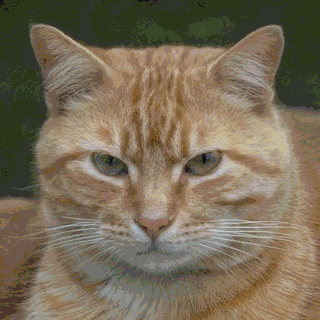
stylegan3-clip

6
The stylegan3-clip model is a combination of the StyleGAN3 generative adversarial network and the CLIP multimodal model. It allows for text-based guided image generation, where a textual prompt can be used to guide the generation process and create images that match the specified description. This model builds upon the work of StyleGAN3 and CLIP, aiming to provide an easy-to-use interface for experimenting with these powerful AI technologies. The stylegan3-clip model is similar to other text-to-image generation models like styleclip, stable-diffusion, and gfpgan, which leverage pre-trained models and techniques to create visuals from textual prompts. However, the unique combination of StyleGAN3 and CLIP in this model offers different capabilities and potential use cases. Model inputs and outputs The stylegan3-clip model takes in several inputs to guide the image generation process: Inputs Texts**: The textual prompt(s) that will be used to guide the image generation. Multiple prompts can be entered, separated by |, which will cause the guidance to focus on the different prompts simultaneously. Model_name**: The pre-trained model to use, which can be FFHQ (human faces), MetFaces (human faces from works of art), or AFHGv2 (animal faces). Steps**: The number of sampling steps to perform, with a recommended value of 100 or less to avoid timeouts. Seed**: An optional seed value to use for reproducibility, or -1 for a random seed. Output_type**: The desired output format, either a single image or a video. Video_length**: The length of the video output, if that option is selected. Learning_rate**: The learning rate to use during the image generation process. Outputs The model outputs either a single generated image or a video sequence of the generation process, depending on the selected output_type. Capabilities The stylegan3-clip model allows for flexible and expressive text-guided image generation. By combining the power of StyleGAN3's high-fidelity image synthesis with CLIP's ability to understand and match textual prompts, the model can create visuals that closely align with the user's descriptions. This can be particularly useful for creative applications, such as generating concept art, product designs, or visualizations based on textual ideas. What can I use it for? The stylegan3-clip model can be a valuable tool for various creative and artistic endeavors. Some potential use cases include: Concept art and visualization**: Generate visuals to illustrate ideas, stories, or product concepts based on textual descriptions. Generative art and design**: Experiment with text-guided image generation to create unique, expressive artworks. Educational and research applications**: Use the model to explore the intersection of language and visual representation, or to study the capabilities of multimodal AI systems. Prototyping and mockups**: Quickly generate images to test ideas or explore design possibilities before investing in more time-consuming production. Things to try With the stylegan3-clip model, users can experiment with a wide range of textual prompts to see how the generated images respond. Try mixing and matching different prompts, or explore prompts that combine multiple concepts or styles. Additionally, adjusting the model parameters, such as the learning rate or number of sampling steps, can lead to interesting variations in the output.
Updated Invalid Date
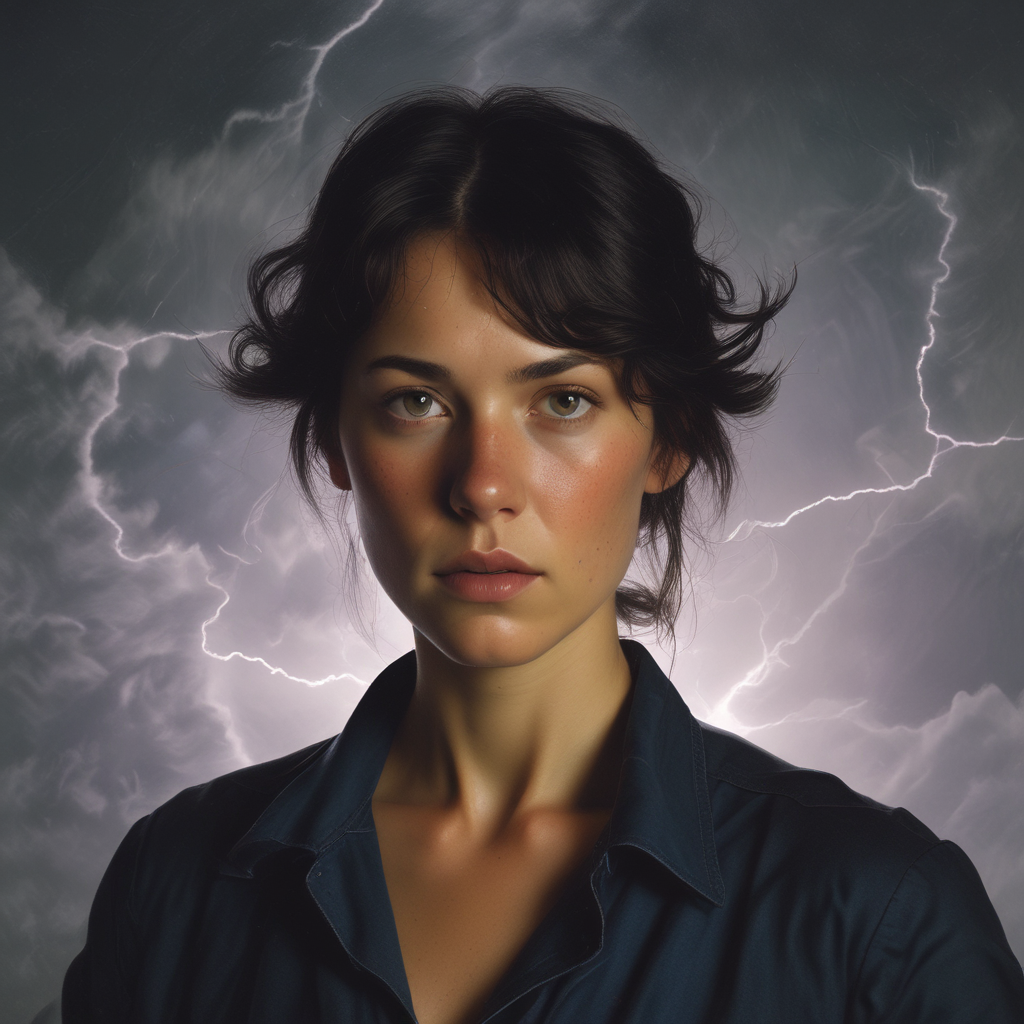
sdxl-lightning-4step

407.3K
sdxl-lightning-4step is a fast text-to-image model developed by ByteDance that can generate high-quality images in just 4 steps. It is similar to other fast diffusion models like AnimateDiff-Lightning and Instant-ID MultiControlNet, which also aim to speed up the image generation process. Unlike the original Stable Diffusion model, these fast models sacrifice some flexibility and control to achieve faster generation times. Model inputs and outputs The sdxl-lightning-4step model takes in a text prompt and various parameters to control the output image, such as the width, height, number of images, and guidance scale. The model can output up to 4 images at a time, with a recommended image size of 1024x1024 or 1280x1280 pixels. Inputs Prompt**: The text prompt describing the desired image Negative prompt**: A prompt that describes what the model should not generate Width**: The width of the output image Height**: The height of the output image Num outputs**: The number of images to generate (up to 4) Scheduler**: The algorithm used to sample the latent space Guidance scale**: The scale for classifier-free guidance, which controls the trade-off between fidelity to the prompt and sample diversity Num inference steps**: The number of denoising steps, with 4 recommended for best results Seed**: A random seed to control the output image Outputs Image(s)**: One or more images generated based on the input prompt and parameters Capabilities The sdxl-lightning-4step model is capable of generating a wide variety of images based on text prompts, from realistic scenes to imaginative and creative compositions. The model's 4-step generation process allows it to produce high-quality results quickly, making it suitable for applications that require fast image generation. What can I use it for? The sdxl-lightning-4step model could be useful for applications that need to generate images in real-time, such as video game asset generation, interactive storytelling, or augmented reality experiences. Businesses could also use the model to quickly generate product visualization, marketing imagery, or custom artwork based on client prompts. Creatives may find the model helpful for ideation, concept development, or rapid prototyping. Things to try One interesting thing to try with the sdxl-lightning-4step model is to experiment with the guidance scale parameter. By adjusting the guidance scale, you can control the balance between fidelity to the prompt and diversity of the output. Lower guidance scales may result in more unexpected and imaginative images, while higher scales will produce outputs that are closer to the specified prompt.
Updated Invalid Date